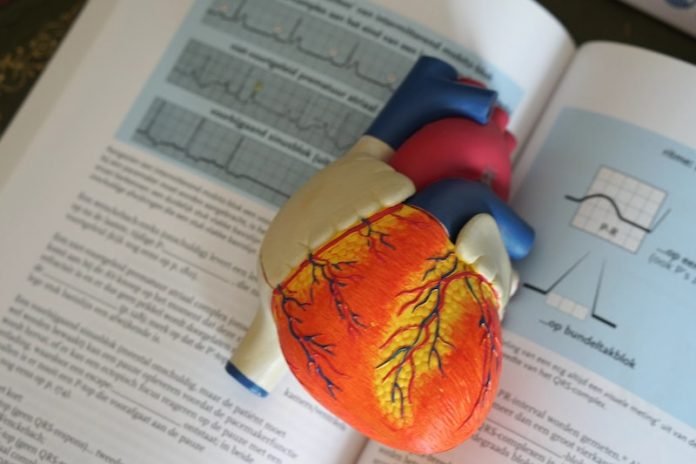
In a new study, researchers found a potential way to head off heart attacks and strokes.
They found it could be done by strengthening the caps overlying plaques that naturally accumulate inside our arteries.
These fatty lesions can rupture, triggering blood clots that cause disability or death.
They also found that certain types of inflammation might actually help stabilize plaques.
Doctors may one day be able to use these insights to strengthen the caps and prevent the plaques from rupturing.
The research was conducted by scientists at the University of Virginia.
Unstable plaques account for the majority of heart attacks and a large fraction of strokes, making these lesions the leading cause of death worldwide.
The protective caps our bodies create over these lesions act like a patch on a tire, preventing them from rupturing and triggering catastrophic blood clot formation, which, in blood vessels supplying the heart or brain, can cause a heart attack or stroke.
Therefore, improving our understanding of how the cap forms is of major clinical importance.
Scientists have thought that the caps were derived almost exclusively from smooth muscle cells
In the study, the team found that there is a “tapestry” of different cell types involved. The multiple cell types that contribute to the cap can make this critically important structure more robust and resistant to plaque rupture.
The findings suggest that doctors may one day be able to treat the underlying causes of heart attacks and strokes by enhancing these transitions through novel drug therapies and dietary modifications to help ensure patients have stable caps.
The team is urging researchers and pharmaceutical companies to rethink their approaches to preventing heart attacks and strokes.
The study is published in Nature Metabolism. One author of the study is researcher Gary K. Owens.
Copyright © 2021 Knowridge Science Report. All rights reserved.



